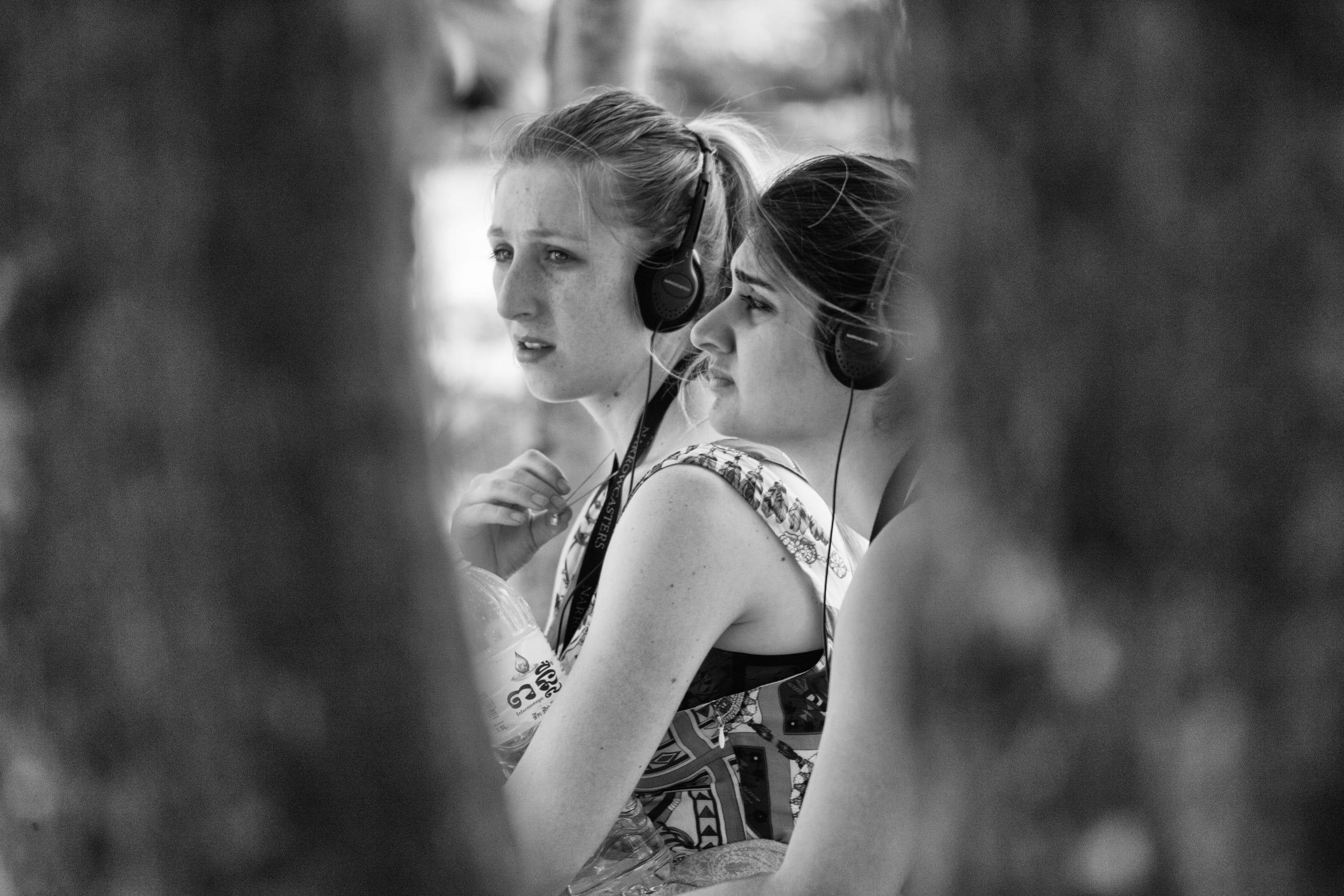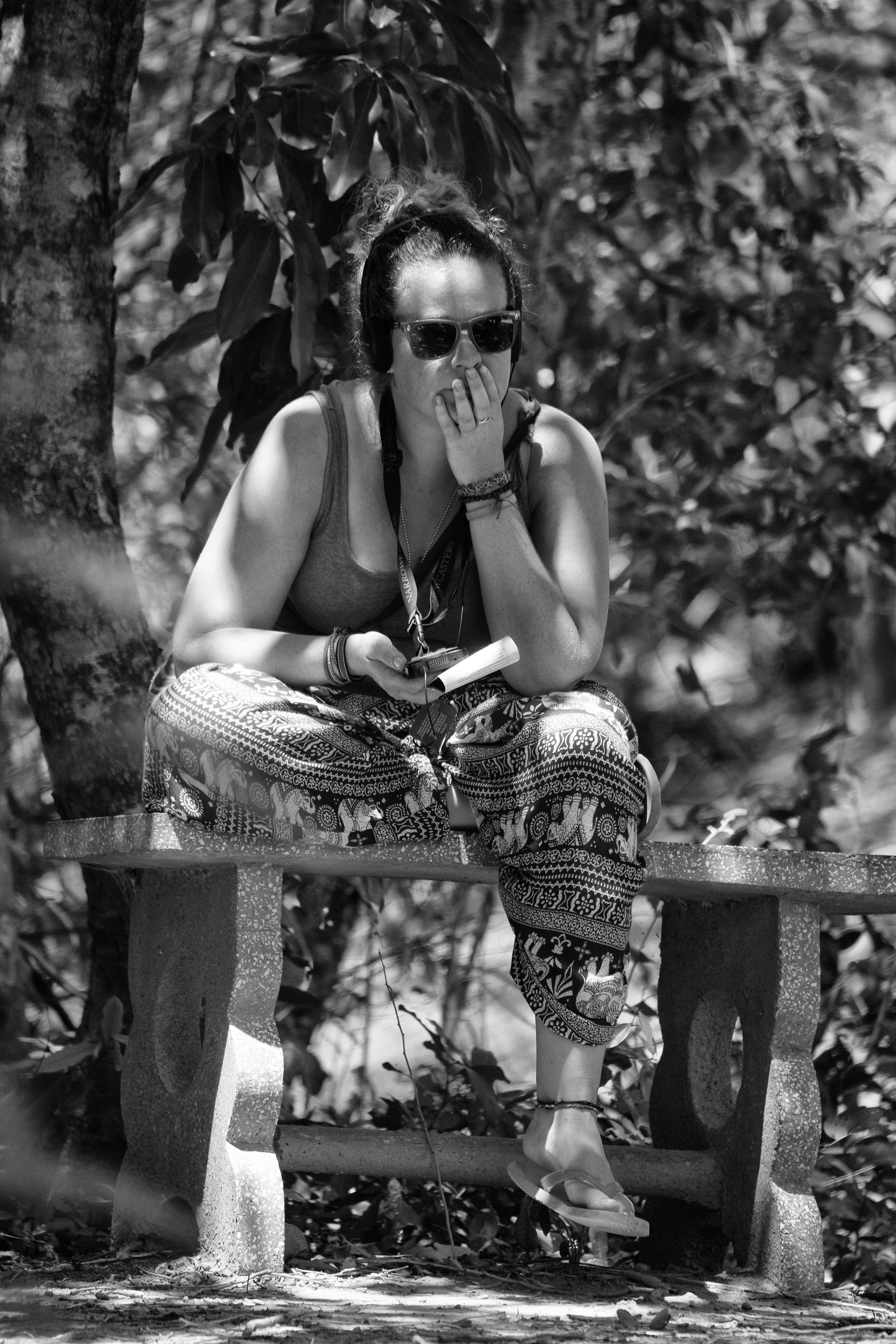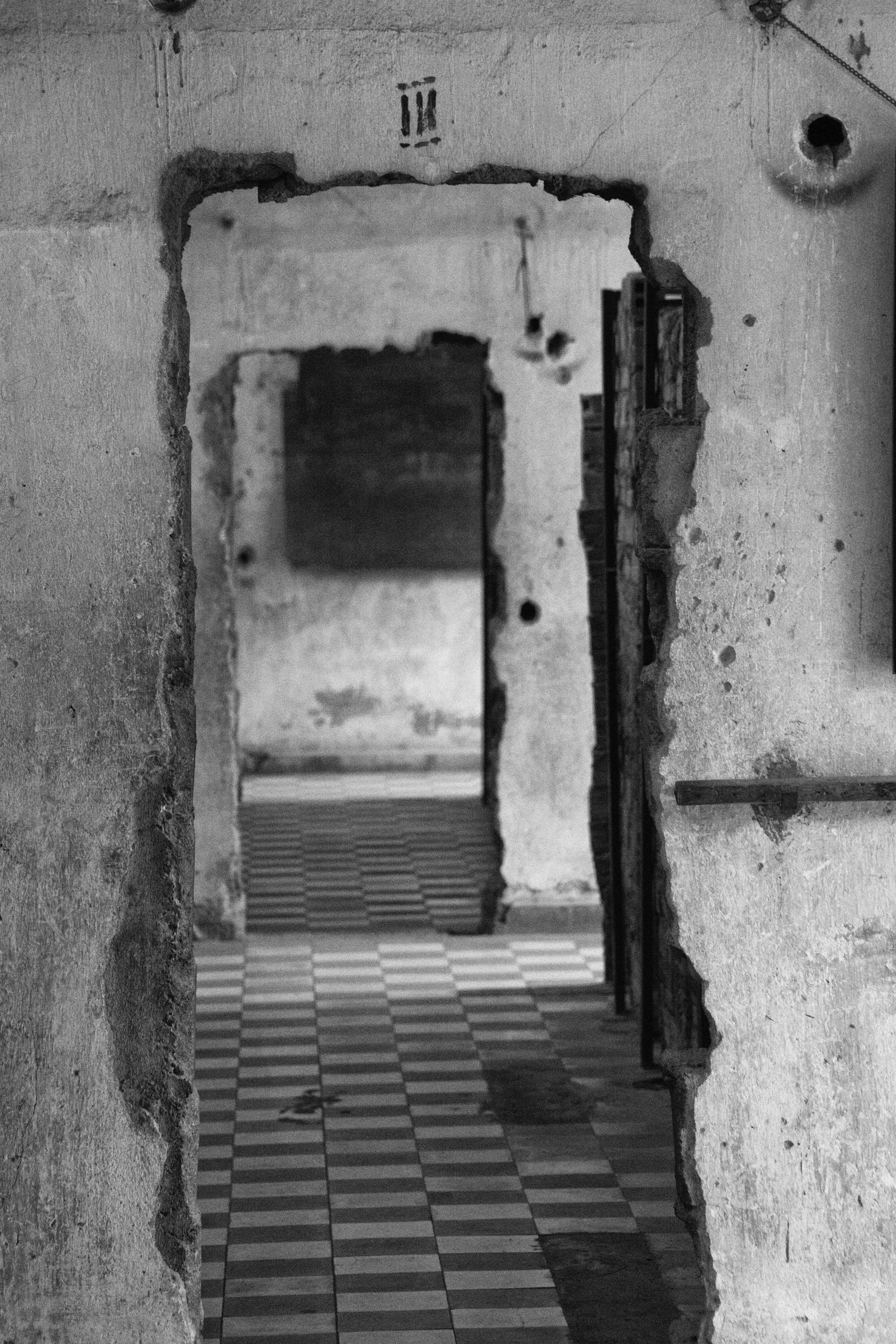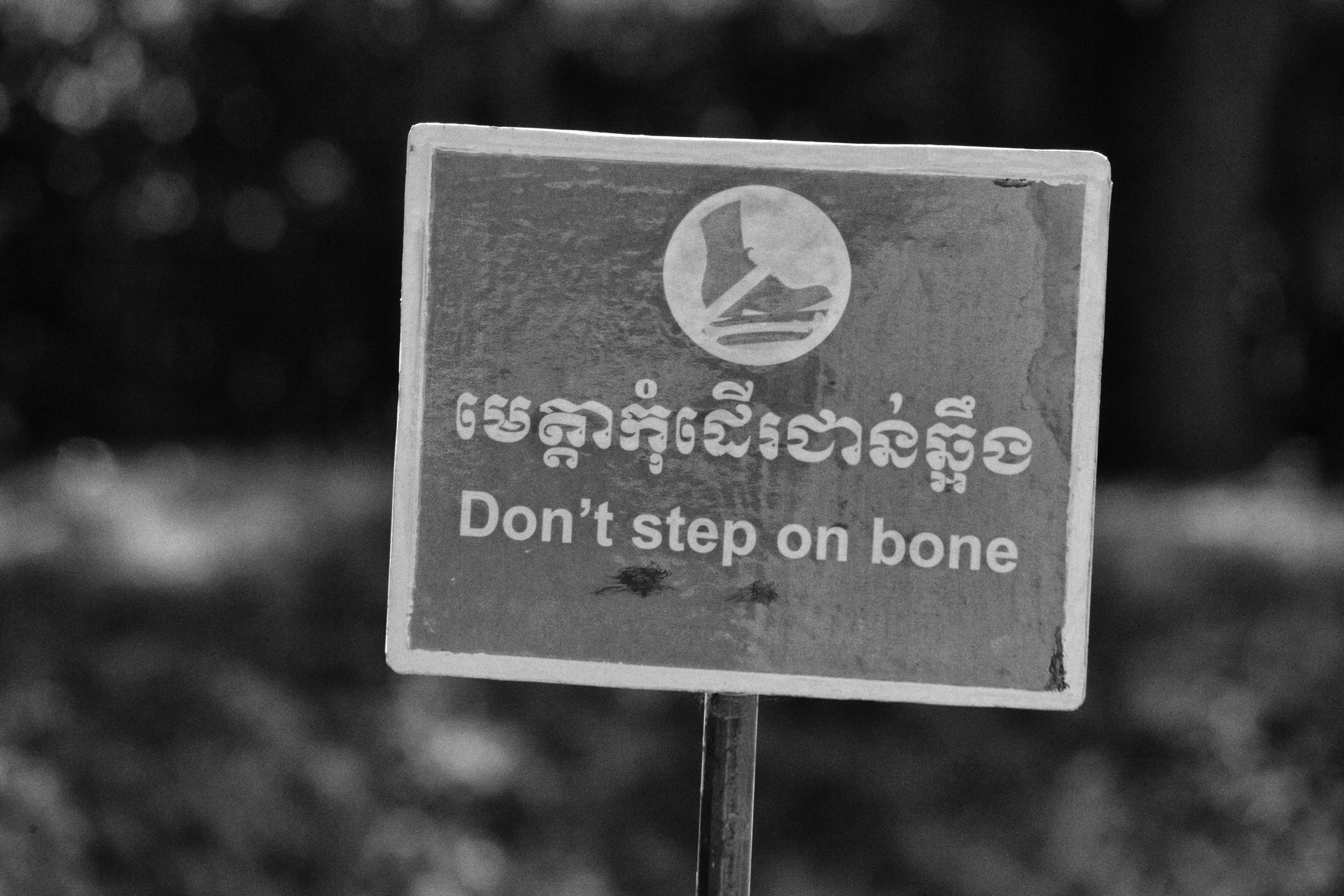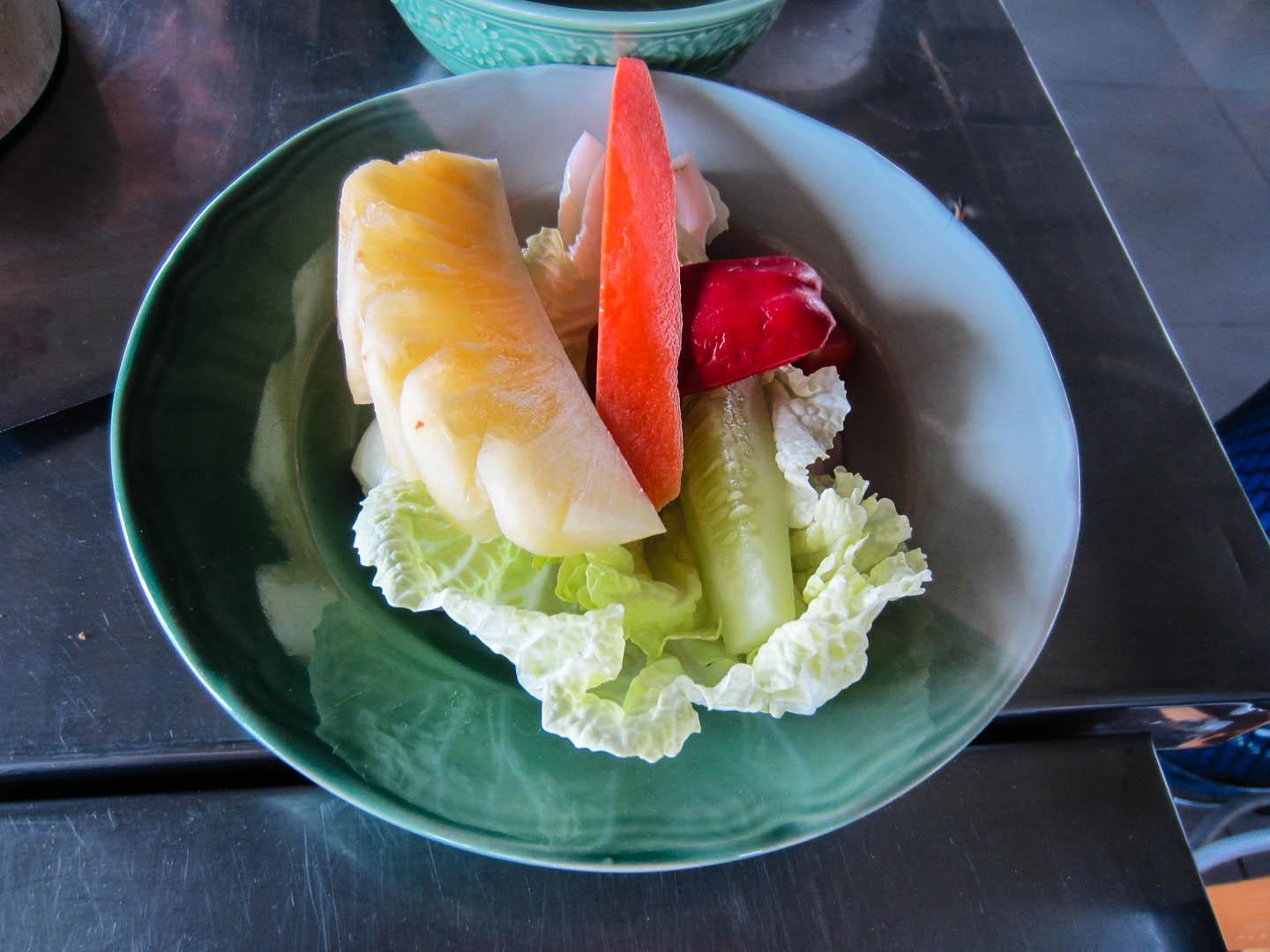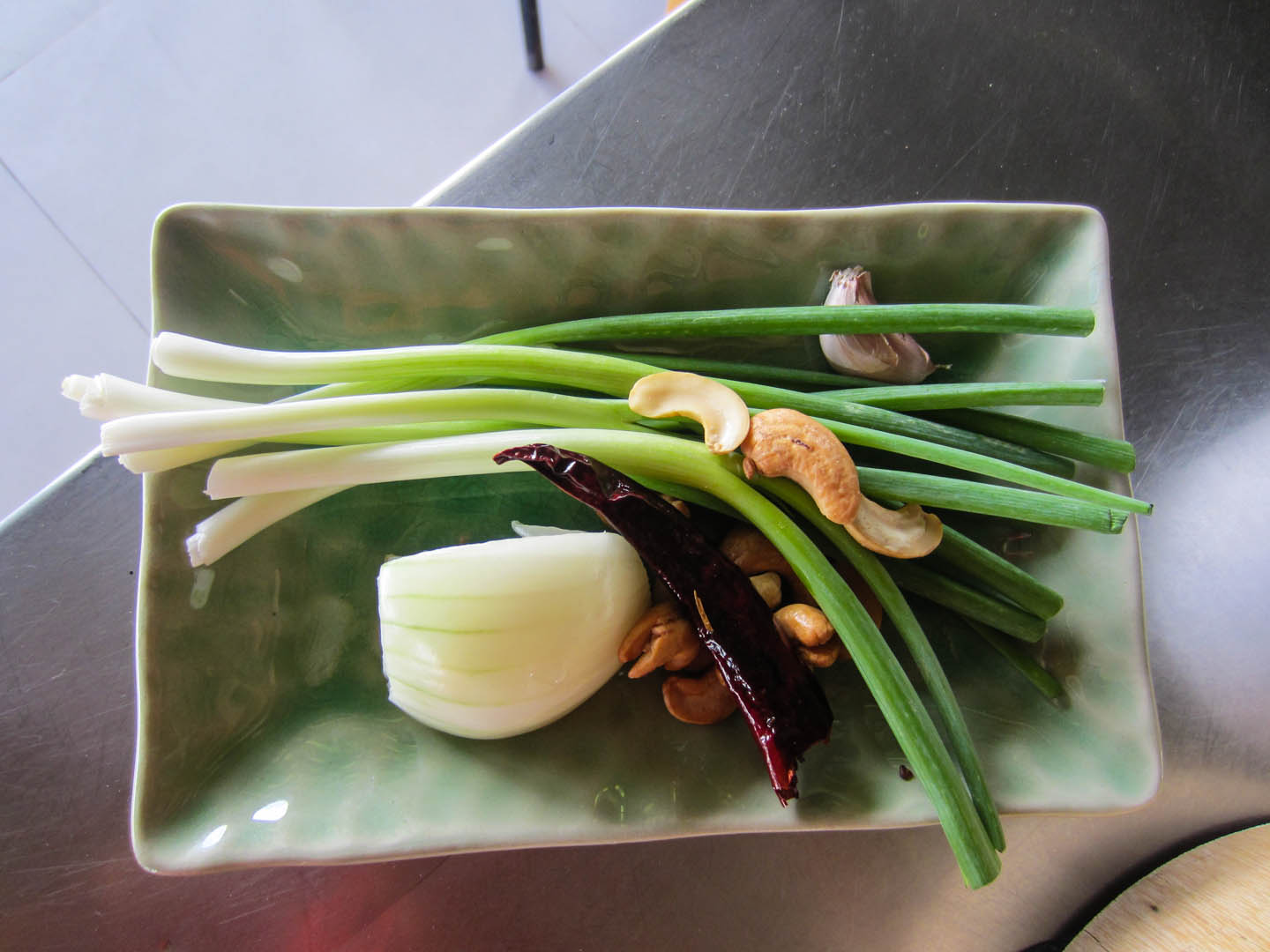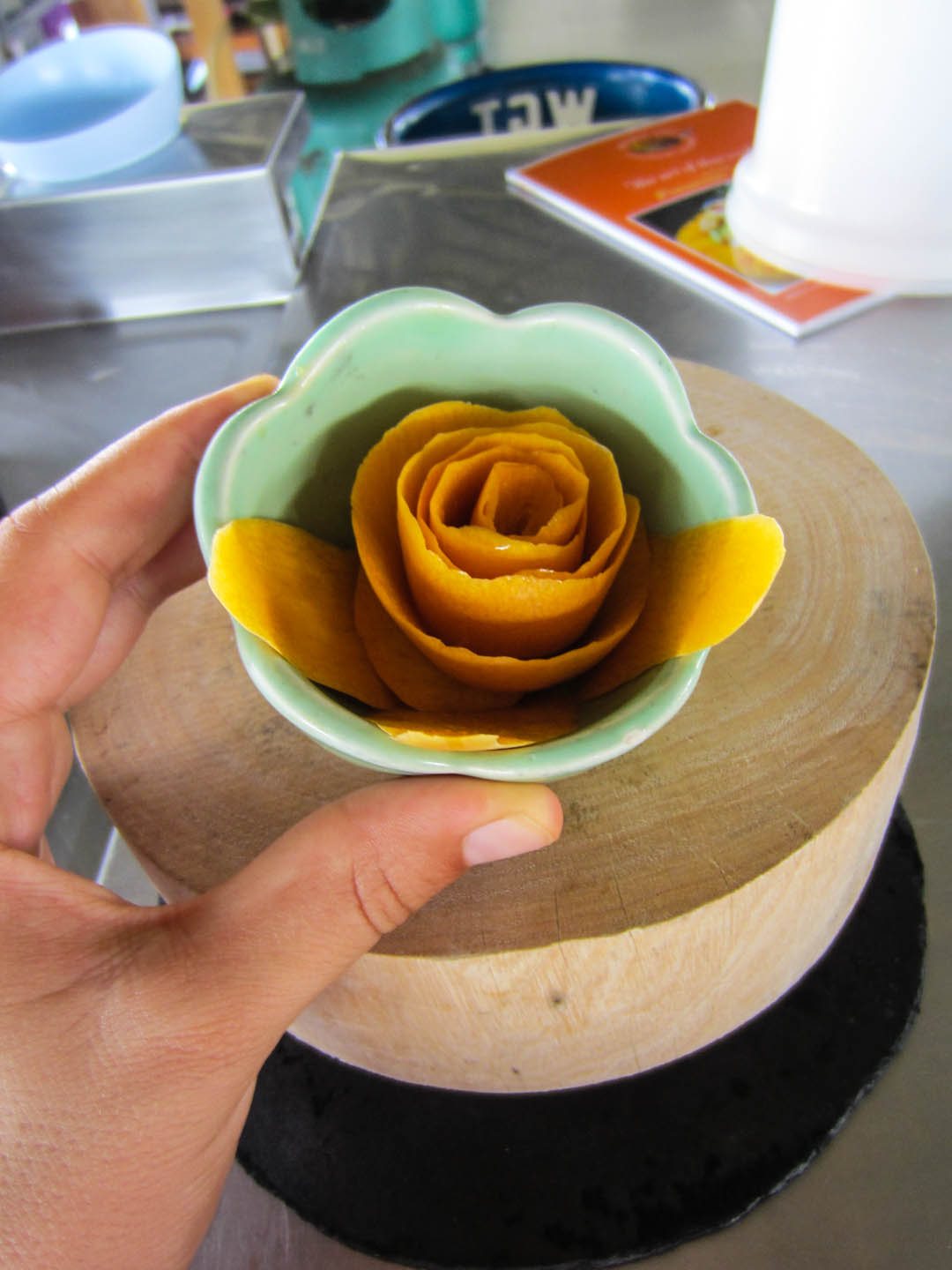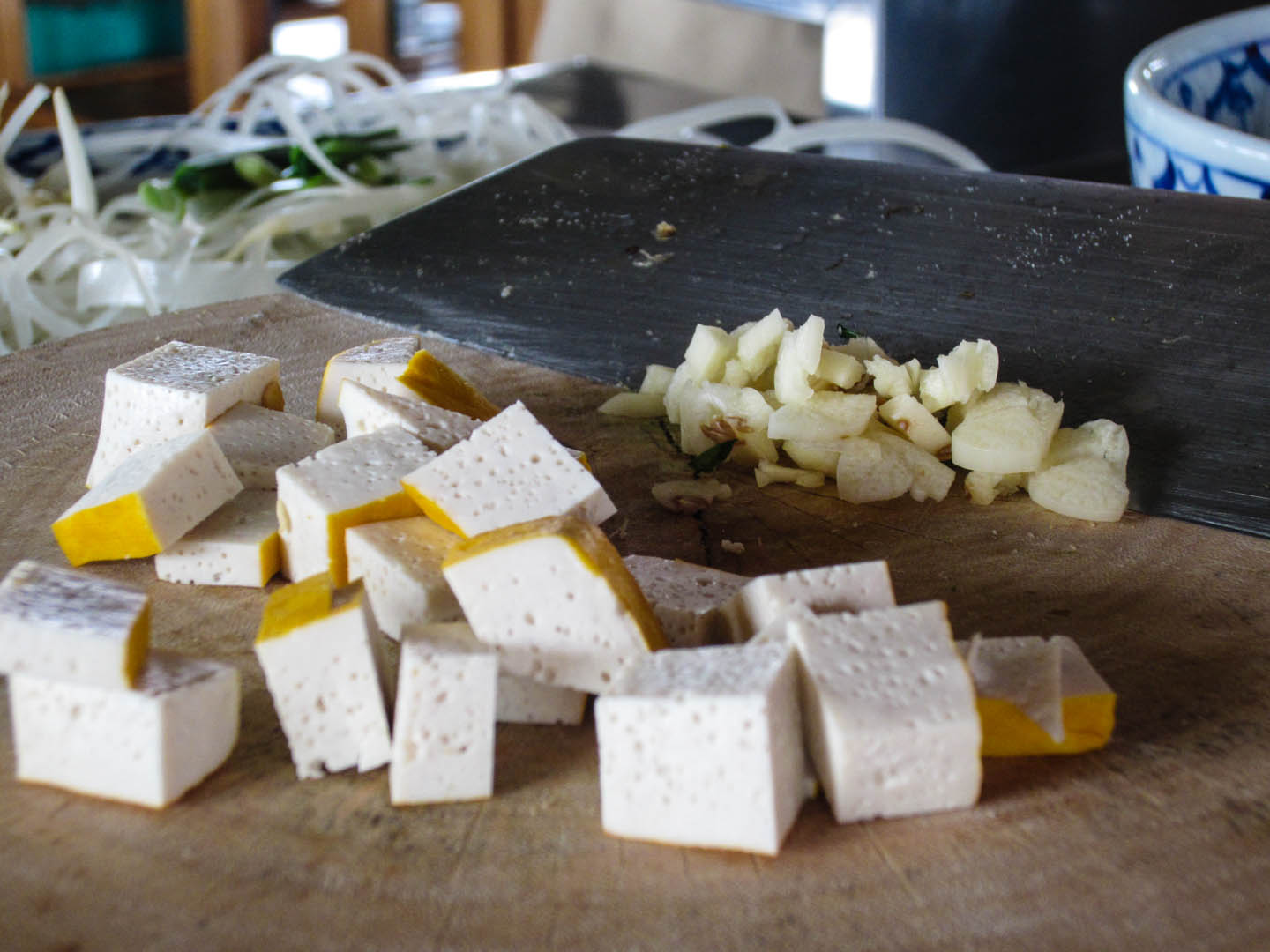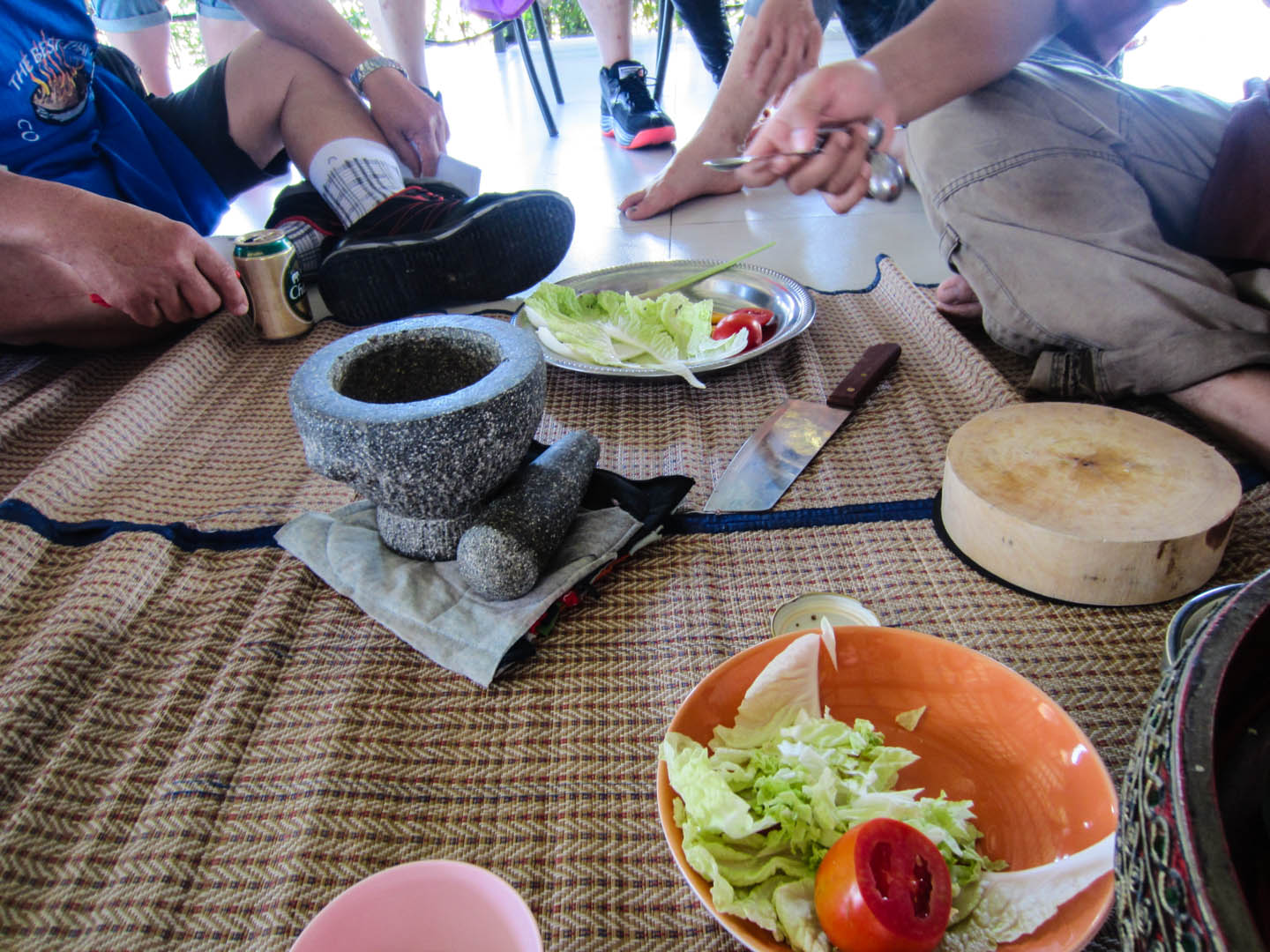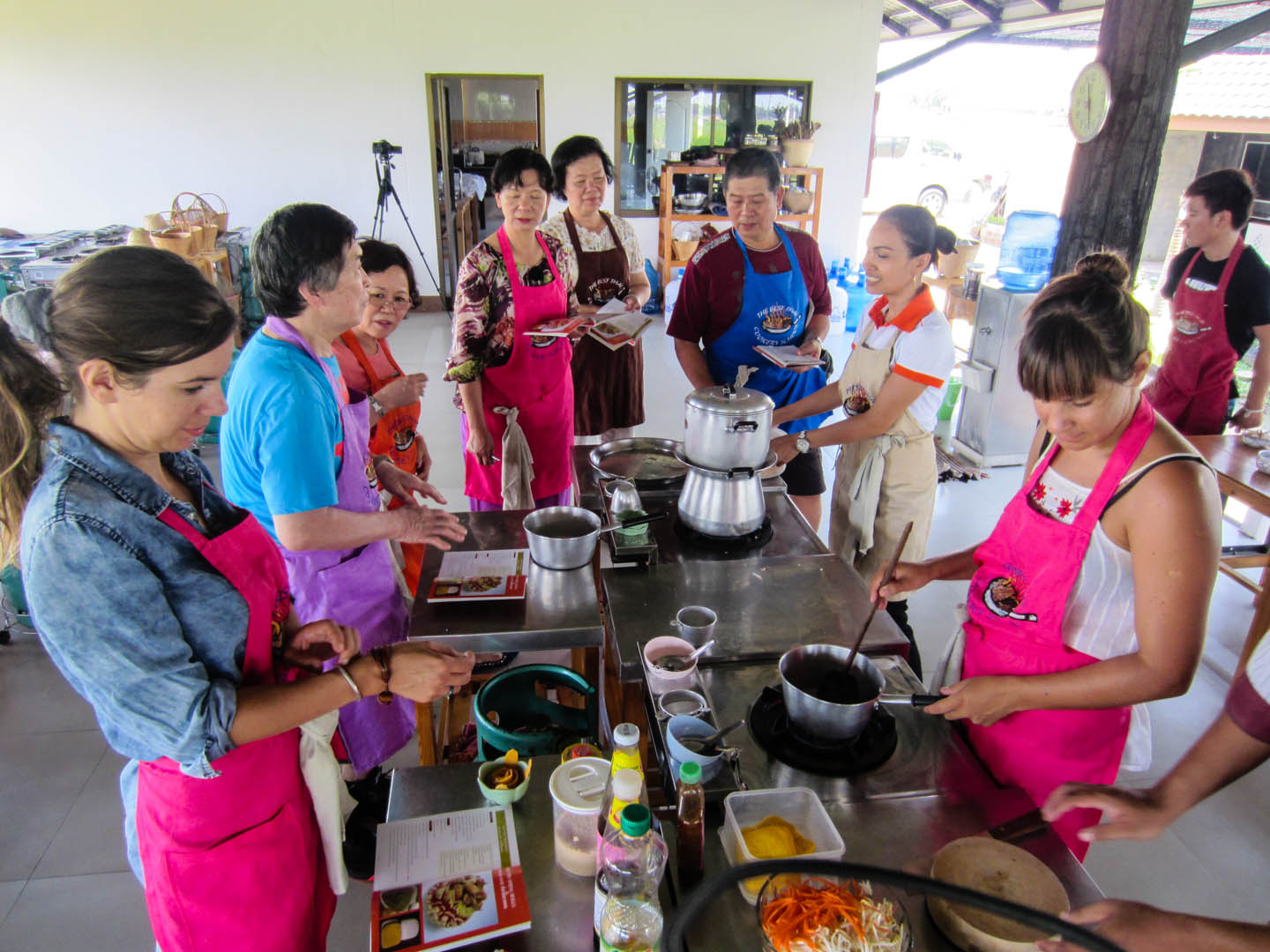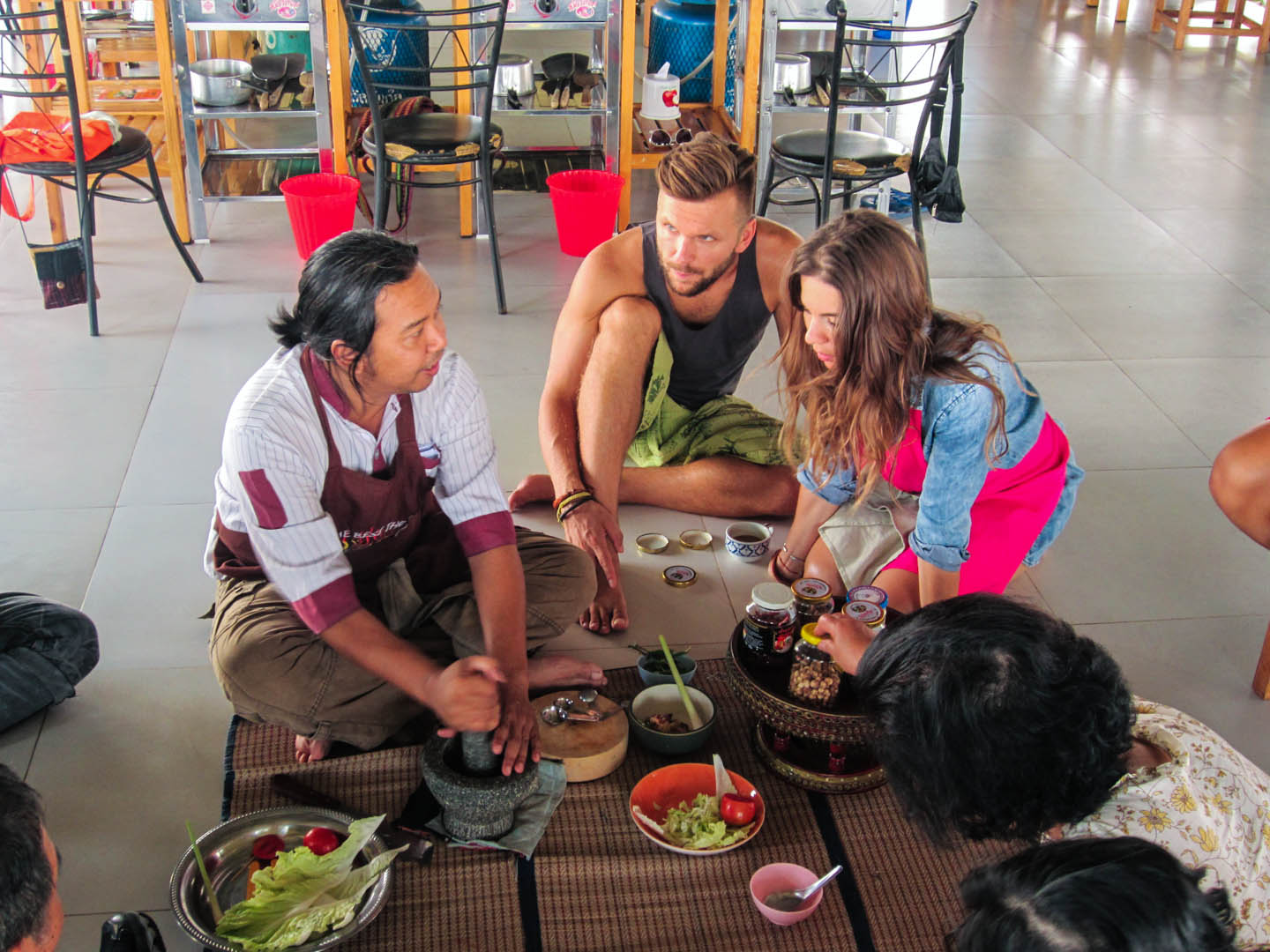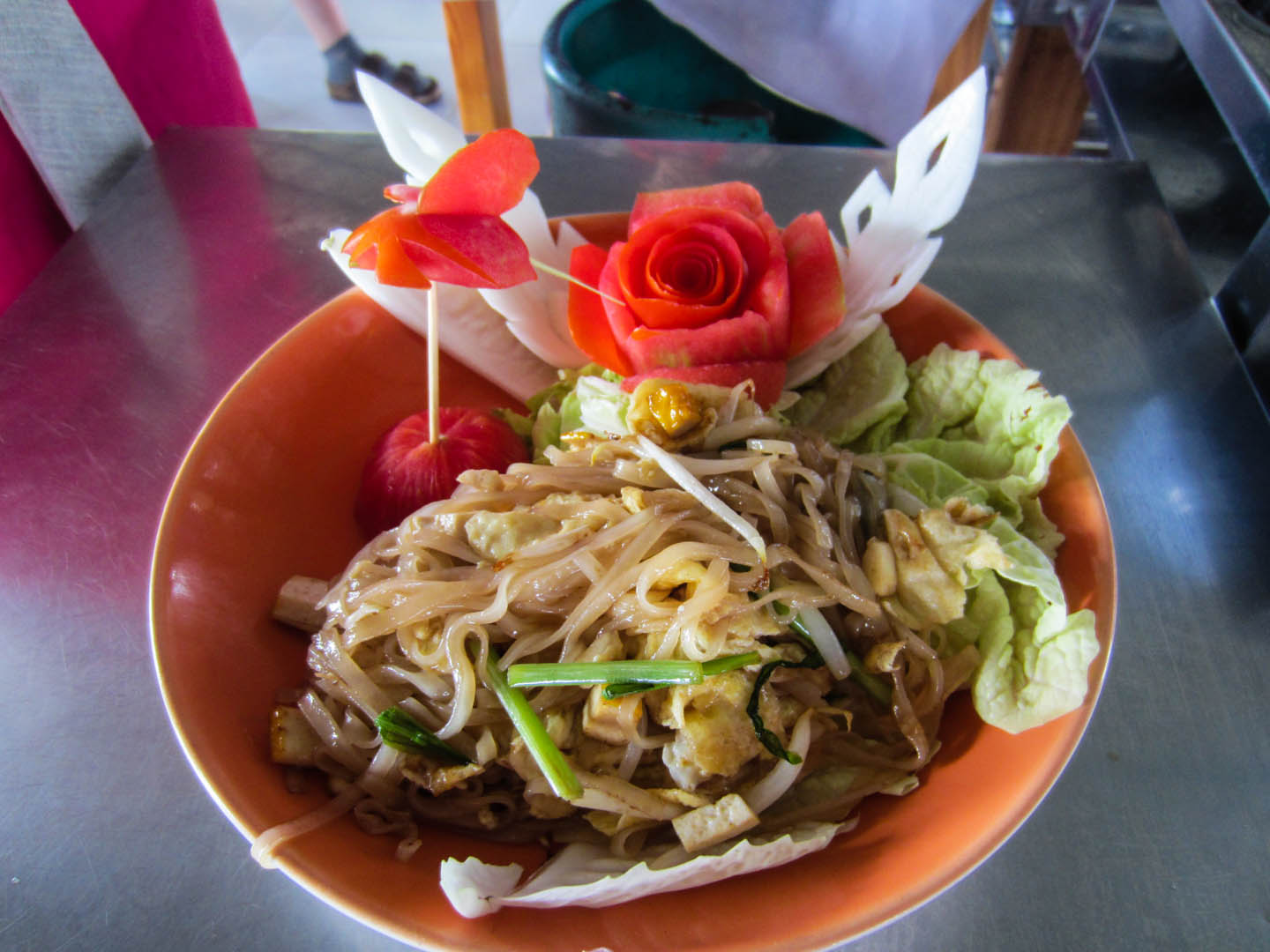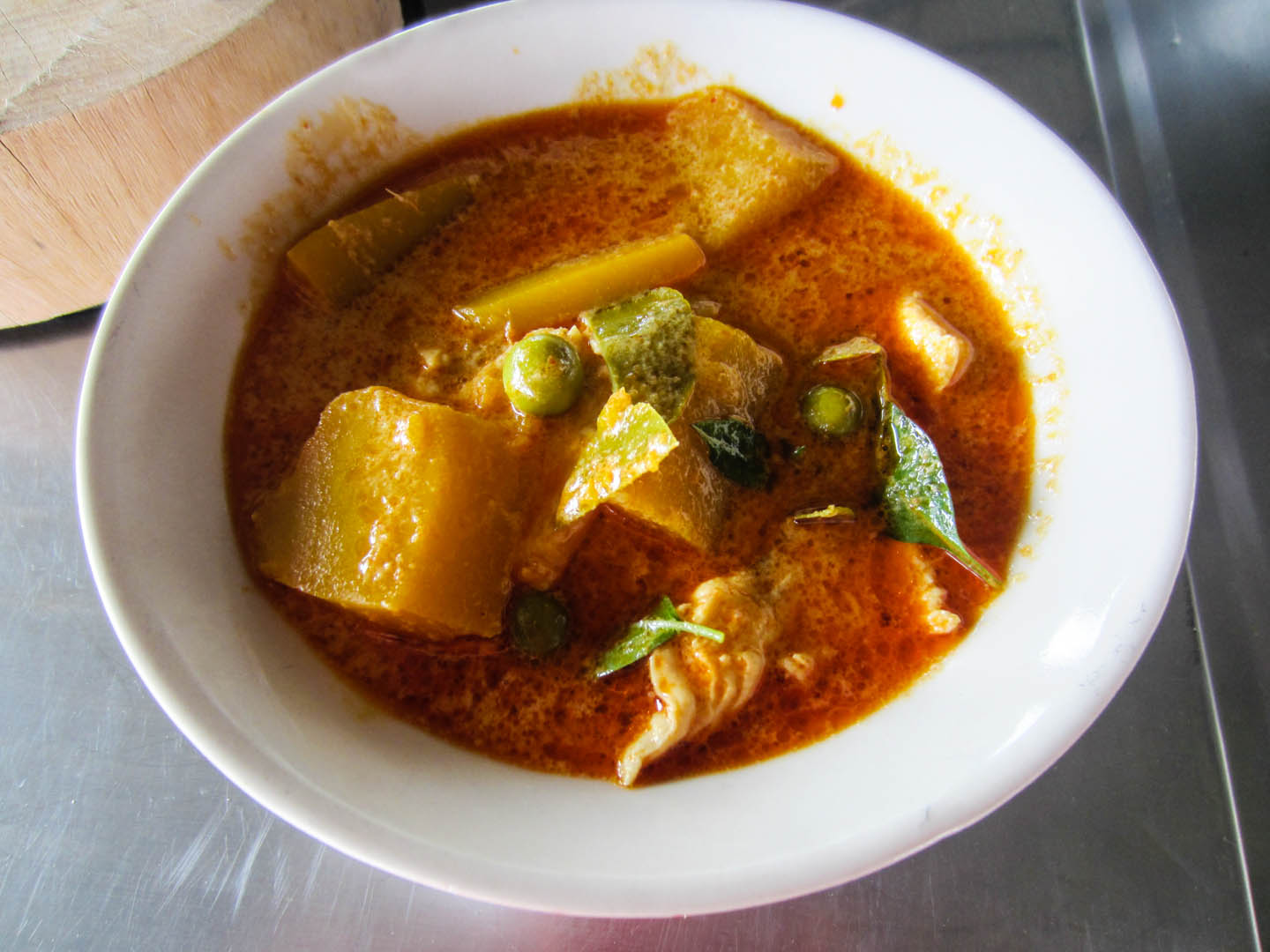Hace unos días, hablando con mi primo y compartiendo la experiencia de nuestro viaje por Camboya mencioné el holocausto ocurrido entre los años 1975 y 1979. Su reacción fue…. ¿Qué? ¿De qué holocausto estás hablando? ¿En Camboya? ¿De verdad?
A few days back I was talking to my cousin about our experience travelling through Cambodia and I mentioned to him the Holocaust that happened there between 1975 and 1979. His reaction was… What Holocaust? In Cambodia? Really?
Su reacción no me sorprendió en absoluto, de hecho lo que me hubiera dejado sorprendida es que hubiese sabido a lo que me refería, los libros de historia y las noticias normalemente no nos cuentan estas cosas. Hace tan solo unos meses, Robert y yo ignorábamos completamente tan repugnante e inhumano acontecieminto. No vamos a entrar e políticas, quién mató a quien, quien hizo eso y lo otro… Podéis encontrar cualquier tipo de información por vosotros mismos en los muchos y direfentes medios. Lo que a nosotros nos gustaría compartir con vosotros son sentimientos, cómo nuestro cuerpo se sintió cuando pisamos el suelo donde tantísimos camboyanos fueron asesinados y enterrados por su propia nación.
I was not surprised because not long time ago Robert and I were completely unaware of this horrible UN- human act. We wouldn’t like to get into politics, who killed whom, who did this or that… You can find all kind of information on Internet or via other sources. What I would like to talk about is the feelings, how we felt when we stepped on the ground were many Cambodians were killed and buried by their own country.
An audio guide given to each visitor breaks people apart by telling the brutal truth of the killings. For some it's too much to take. People's expression, like above, can be seen on almost every visitor's face...
What we sensed when we walked thought those dark and cold corridors inside the S 21, a school turned into a Dantesque building where Cambodians were tortured with immeasurable cruelty and indignity most of the times obliged to confess crimes that they never committed, were very upsetting, sad and negative feelings filled with shock unbelieve and denial. What a paradox, a school, where we educate the youth to become the FUTURE of a nation, ends up being a place to destroy this future, what is happening with the education? Cambodia hasn’t recovered itself from the fact that most of the intellectuals were killed under the orders of Pol Pot, a monster just like Hitler, Sadam Hussein or Stalin.
Cuando caminamos a través de los oscuros y fríos pasillos de la S-21, una escuela convertida en un edificio dantesco donde camboyanos y camboyanas fueron torturados con inmesurable crueldad, obligados, en la mayoría de los casos, a confesar crímenes que por supuesto no habían cometido, lo que sentimos fue rabia, asco, impotencia y una tristeza profunda . Fue como si de repente toda nuestra energía se hubiera esfumado de golpe y porrazo y solo quedaran nuestros cuerpos pululando y completamente atónitos en aquellas horribles habitaciones. ¡Menuda paradoja ésta! Una escuela para educar a las generaciones venideras, al futuro de un país, se convierte en anfitriona de la muerte y acaba con ese futuro que nunca vendrá, que nunca llegó y que todavía falta en el alma de Camboya y sus gentes. ¿En qué ha fallado el sistema educativo? El país aún no se ha recuperado del hecho de que gran parte de intelectuales fueran asesinados bajo las órdenes de Pol Pot (una persona educada y cultivada), otro monstruo tal como Hitler, Stalin o Sadam Hussein.
Killing Fields, a place just outside of Phenom Penh, was the last stop for many of these poor souls already tortured and humiliated. I won’t enter into the details of the way they were executed as it’s just too shocking but I would like to highlight that the Khemer Rouge really scrimped on weapons and other killing tools for executions and used very brutal ways of killing. There were whole families killed under the quote of “When you dig up the grass, you must remove even the roots” and “Better to kill an innocent by mistake than spare an enemy by mistake." where thousands of guiltless lost their lives in the name of ridiculous slogans.
Killing Fields, un lugar a las afueras de Phenom Penh, era la última parada para muchas de esas pobres almas que habían sido previamente torturadas, humilladas y privadas de alimento. No voy a entrar tampoco en detalles de las diferentes formas en que los Jemeres Rojos (Khemer Rouge) daban muerte pero sí quisiera mencionar que éstos se esforzaban diariamente en ingeniárselas para cometer tal atroces crímenes con el menor gasto posible. Familias enteras fueron asesinadas siguiendo el dicho ¨Cuando cortas la hierba también has de cortar las raíces¨ y muchos otros libres de culpa perdieron la vida bajo el lema ¨Mejor matar a un inocente por error que dejar a un enemigo vivo por error¨.
The result was around 2 million people killed in about three years, a fourth of the whole Cambodian population. Pol Pot and his party promised to their nation freedom, equality and prosperity, instead they brought fear, starvation, suffering, cruelty and death.
EL resultado de esta locura fueron alrededor de 2 millones de camboyanos y camboyanas asesinados en unos 3 años, una cuarta parte de la población total del país en aquellos tiempos. Pol Pot y su partido habían prometido a su pueblo libertad, igualdad y prosperidad. En su lugar trajeron miedo, hambre, sufrimiento, crueldad y muerte.
Curiously Pol Pot died many years later, in 1998, waiting still for his trial and next to his wife. He still lived his life and never paid for his horrible sins.
Curiosamente Pol Pot murió muchos años más tarde, en 1998, todavía a la espera de ser juzgado y al lado de su mujer. Tuvo la oportunidad de vivir su vida y no pagó por sus abominables crímenes.
You can make your own conclusions, we made ours; travelling is the best school ever! We often are manipulated by the propaganda and the biased information we get from the mass media. But what we’ve learnt from our experience is the unfortunate fact that in this world some lives (nations) that are more precious than others and some are just left unmentioned, period!
Que cada uno saque sus propias conclusions sobre lo acontecido, nosotros hemos sacado las nuestras. Por supuesto habrá muchas teorías y muchos otros asuntos que se nos escapen pero desde luego viajar para Robert y para mí, ha sido y está siendo la mejor escuela, el mejor libro. Constantemente somos envenenados con la imparcialidad de los medios de comunicación y los intereses detrás de una propaganda poco ética y manipudora y conocemos la realidad a medias tintas si es que la llegamos a conocer.
En una cosa creo que estaréis de acuerdo con nosotros y es que la vida de unos vale más que la de otros, no es lo mismo ser alemán que camboyano ¡y punto!








